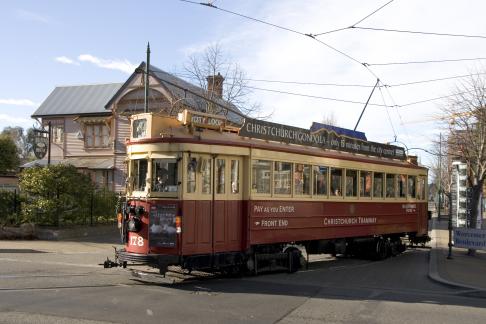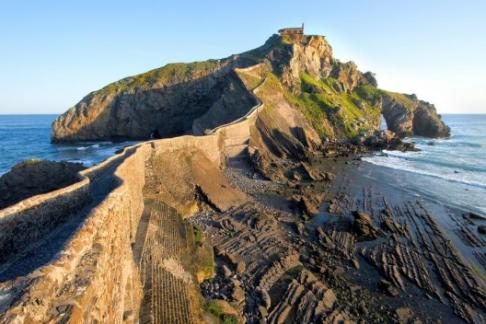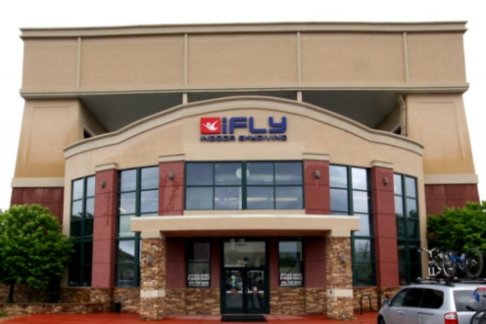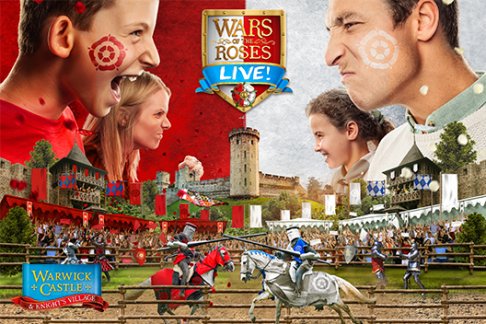
1 Day Tour - St. Andrews & the Fishing Villages of Fife
OverView
Christchurch Tramway
Christchurch Tramway - A not to be missed attraction! Take a journey in style through the changing face of Christchurch’s city centre on board the beautifully restored heritage Trams, one of Christchurch’s leading attractions, The friendly and knowledgeable drivers will inform you about the city, its landmarks and local sights. Your ticket is valid for the whole day and allows you to hop on and off the Tram as often as you please! The journey takes you to the appropriate stops for Punting on the Avon, and the Christchurch Botanic Gardens Tour. Cathedral Junction, Avon River, Container Mall, Gothic-style Arts Centre, the Canterbury Museum and New Regent Street are just some of sights to be seen from the comfort of your Tram, or accessed from the 17 stops en route.
Sanctuary of Loyola, Getaria, Zarautz & San Sebastian
LANGUAGES: English and Spanish The route begins at 09:00 am from the center of Bilbao to go directly on the A8 motorway towards the inside of Guipúzcoa, through Eibar, Elgoibar, Azkoitia and Loyola. In Loyola stop to visit the shrine of harmonious proportions, built between the seventeenth and eighteenth centuries, where we visit the spectacular Basilica and see the house where he was born Ignacio tower. Azpeitia will continue to travel through, and out towards the coast by Zumaia, the embroidery to reach Getaria. We will have free time to visit this charming fishing village located on a mountain slope very fertile, with the Arch of Catrapona, a mediaeval passageway beneath the church with a chapel for sailors, the parish church of San Salvador (fifteenth century), which is a jewel of Gothic architecture, its fishing port, its narrow streets and its typical bars and restaurants. After traveling to Zarautz continue the traditional enclave and tourist reference since the nineteenth century. Later we arrived in San Sebastian. In this beautiful city will make a comprehensive scenic tour to appreciate all his walks, La Concha beach and climb Igueldo overlooking the bay. Then another walking tour through Casco Viejo. Free time for lunch. Our guide will inform of various possibilities of selected restaurants and menus for you to choose the one you draw. Direct return to Bilbao on the highway with magnificent views to get to your hotel mid-afternoon.
Filet Sac de rangement Ultraléger pour Camping Sports Grand / Moyen / Petit Taille
Filet Sac de rangement Ultraléger pour Camping Sports Grand / Moyen / Petit Taille
iFLY Denver - Group Flyers
iFLY welcome flyers from 3 to 103. If you have reasonable health and fitness you can fly. But do check the criteria below before you purchase tickets. There are a few exceptions: Flyers must be over 3 years of age. Participants must weigh less than 300 pounds. Participants who weigh between 260 and 300 pounds must bring this to the attention of an iFLY representative as additional restrictions and instructor scheduling limitations may apply. Women who are pregnant should not fly. Folks with recent back, neck and heart problems should check with a doctor before flying. iFLY recommends people with prior shoulder dislocations DO NOT FLY! Click below for a complete list of restrictions: https://www.iflyworld.com/flight-restrictions-and-requirements/
Warwick Castle - Standard Ticket
This 365 Warwick Castle ticket offer provides you with entry to the Castle, Grounds and Gardens (excluding the Castle Dungeon) and a FREE photobook. Make a day and knight of Warwick Castle and experience the fun of real history! Full to the turrets with dazzling shows and attractions, spellbinding story-telling and fun experiences all year-round. GET LOST IN TIME! Children on all ages can experience in the foulest and funniest bits of history brought to life by the UK’s first ever Horrible Histories® Maze! Watch your little one’s faces light up as they explore this exciting attraction; full of foul facts and fun games! This is a maze with a difference; the aim is not to reach the center, but to reorder the muddle that mischievous Rattus Rattus has made of time, and find the way out! Witness The Mighty Trebuchet, the largest working catapult in the world, launch a cannonball 150ft into the air (on selected dates from February Half Term) and don’t miss the spectacular Flight Of The Eagles Show (twice daily) featuring an impressive collection of eagles, buzzards and vultures; marvel as multiple birds simultaneously take flight in this soaring extravaganza! You must print your e-ticket off and bring it with you in order to be granted access to the attraction. FREE Photobook Make your trip extra special! We're offering you a FREE personalised Facebook Hardcover Photo Book when you book your Warwick Castle tickets with 365Tickets! This Square Softcover Photo Book is perfectly bound with a gloss-finish cover it really stands out from the crowd. It's the ideal size to leave out on the coffee table or in the bookshelf. Dimensions: 17cm x 17cm Photos: Minimum of 26 photos Price per extra page: $1 Style: Perfect bound gloss-finish hardcover Paper: 200gsm gloss paper Page Layout: 1 per page A link to the photobook is provided on the confirmation page of your booking.
NINETYGO 90FUN sacs à dos d'affaires classiques hommes sac d'affaires urbain étanche léger multi-stockage mode décontracté ordinateur sac pour ordinateur portable 15,6 pouces
NINETYGO 90FUN sacs à dos d'affaires classiques hommes sac d'affaires urbain étanche léger multi-stockage mode décontracté ordinateur sac pour ordinateur portable 15,6 pouces






